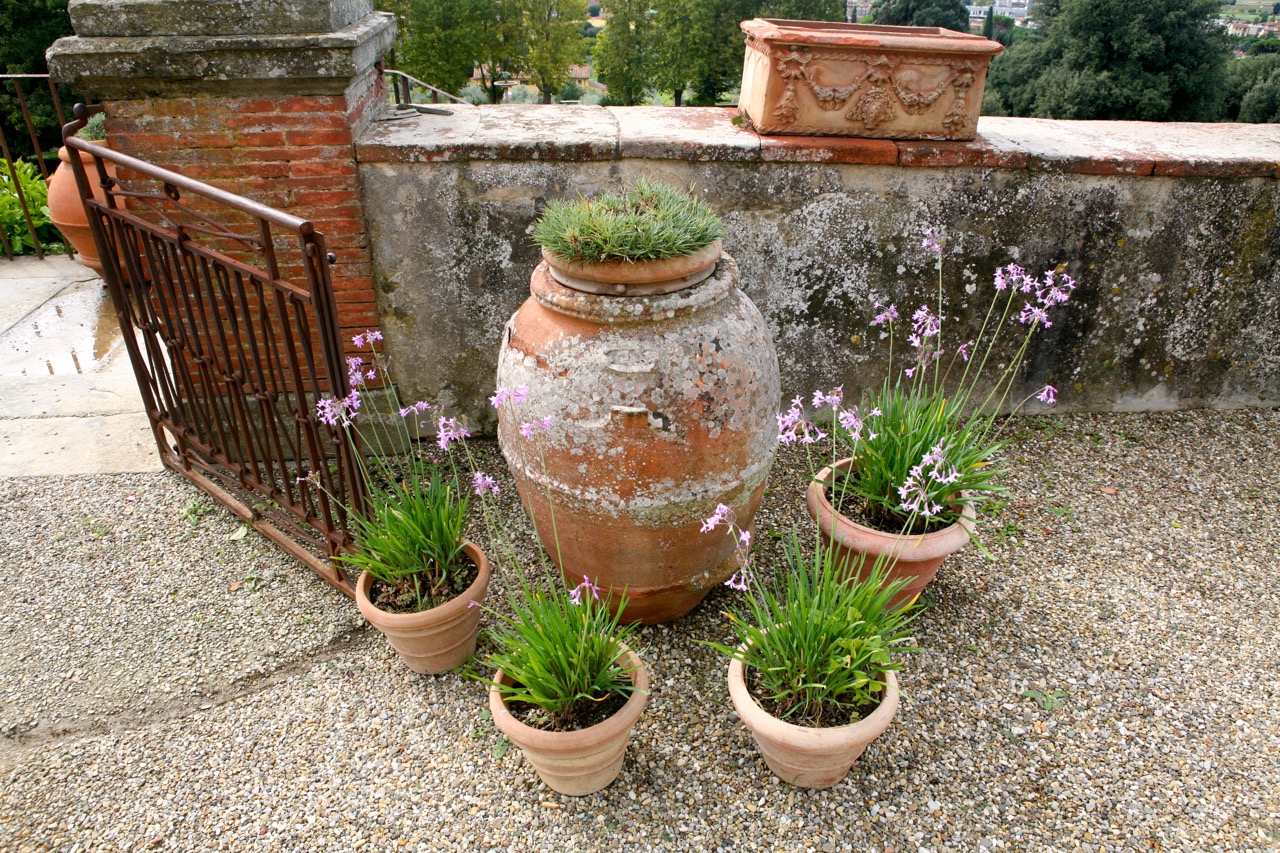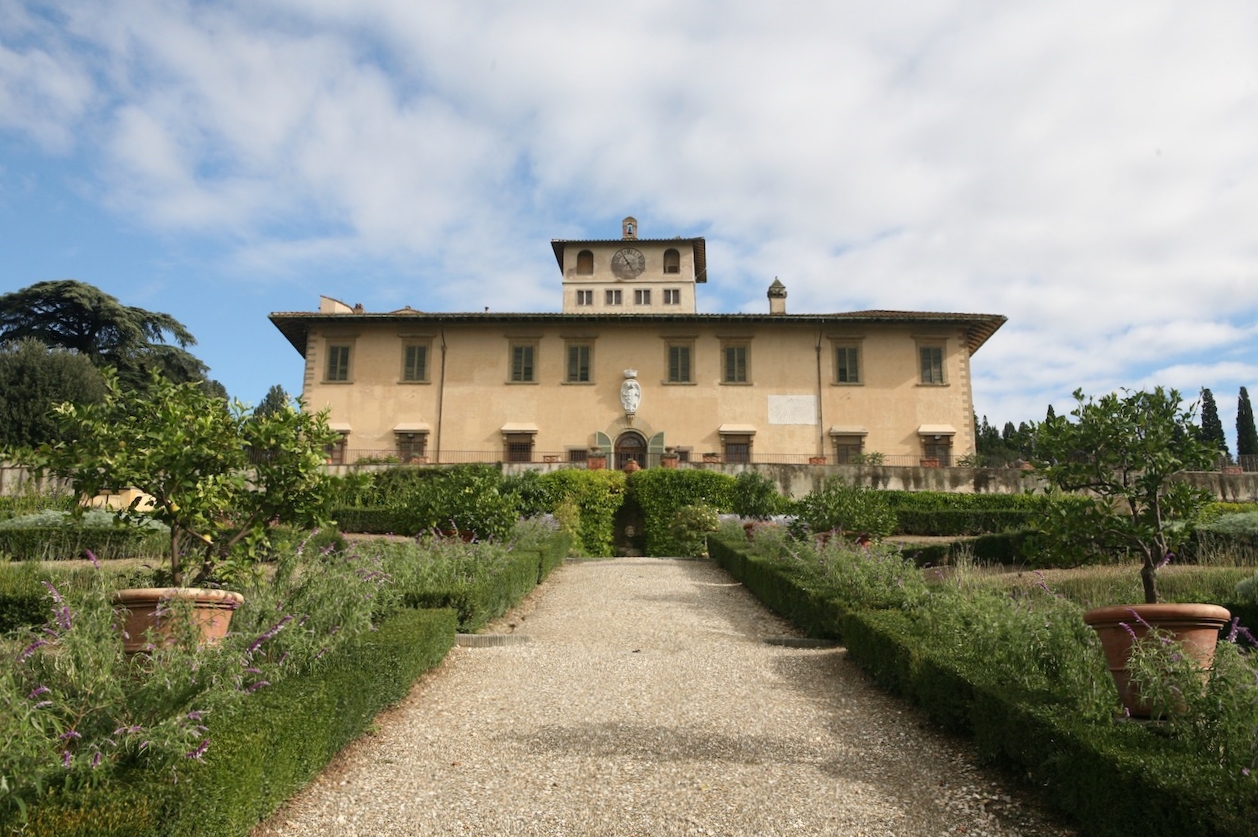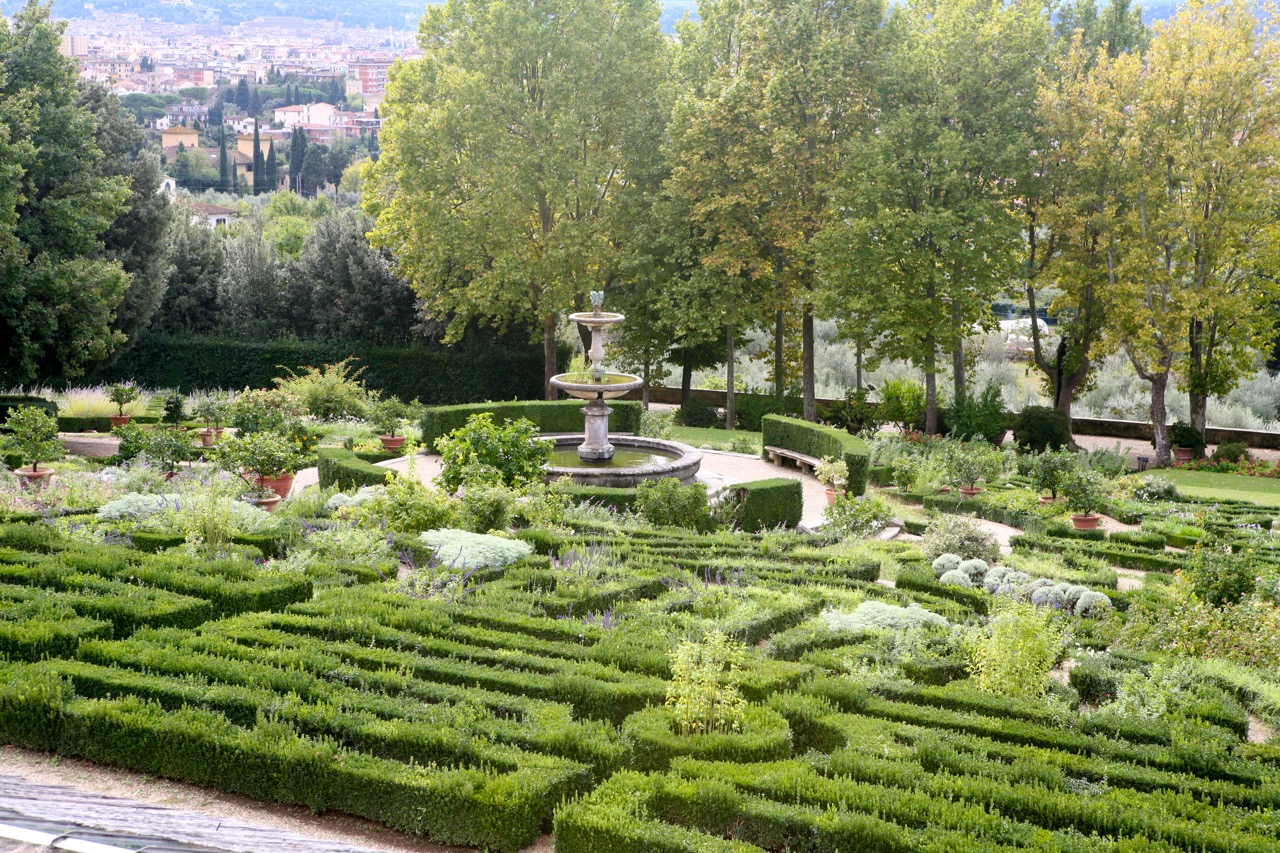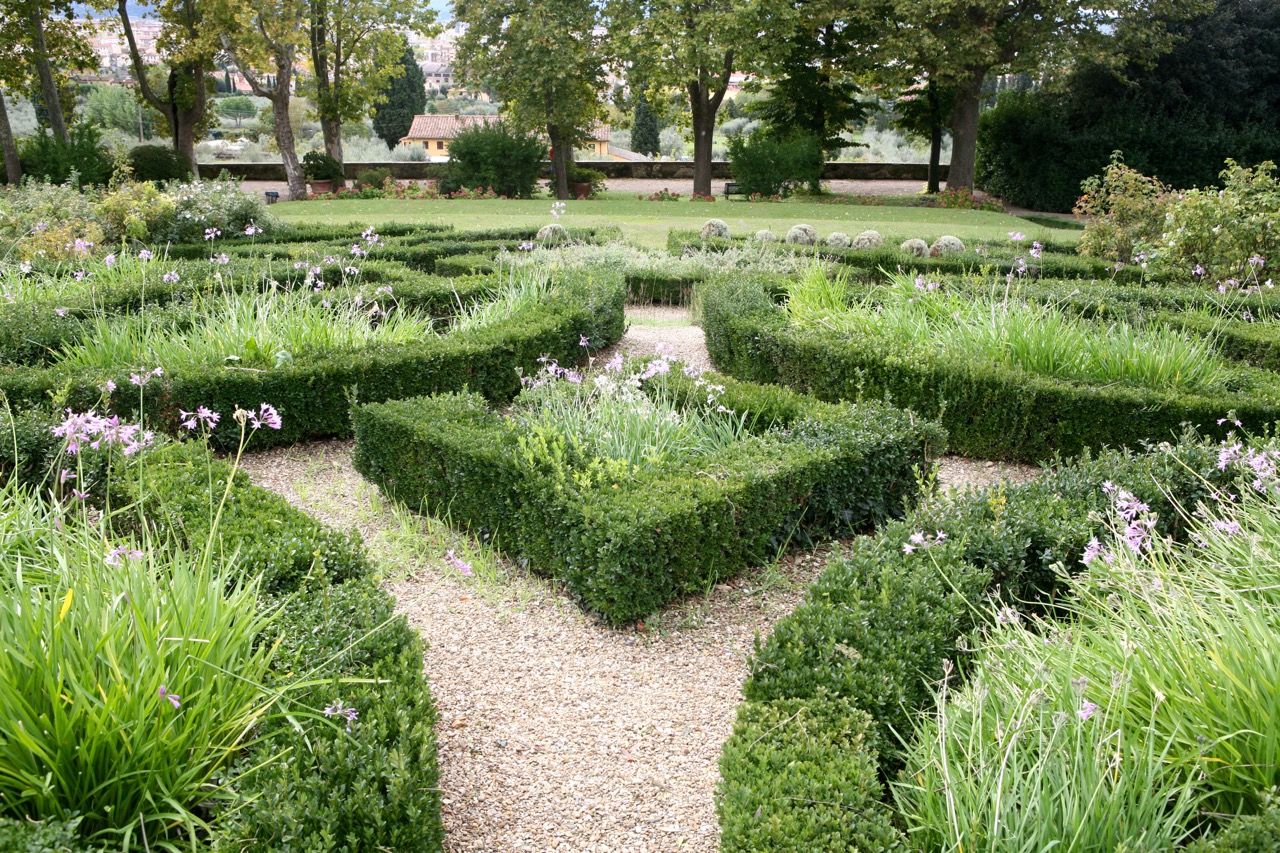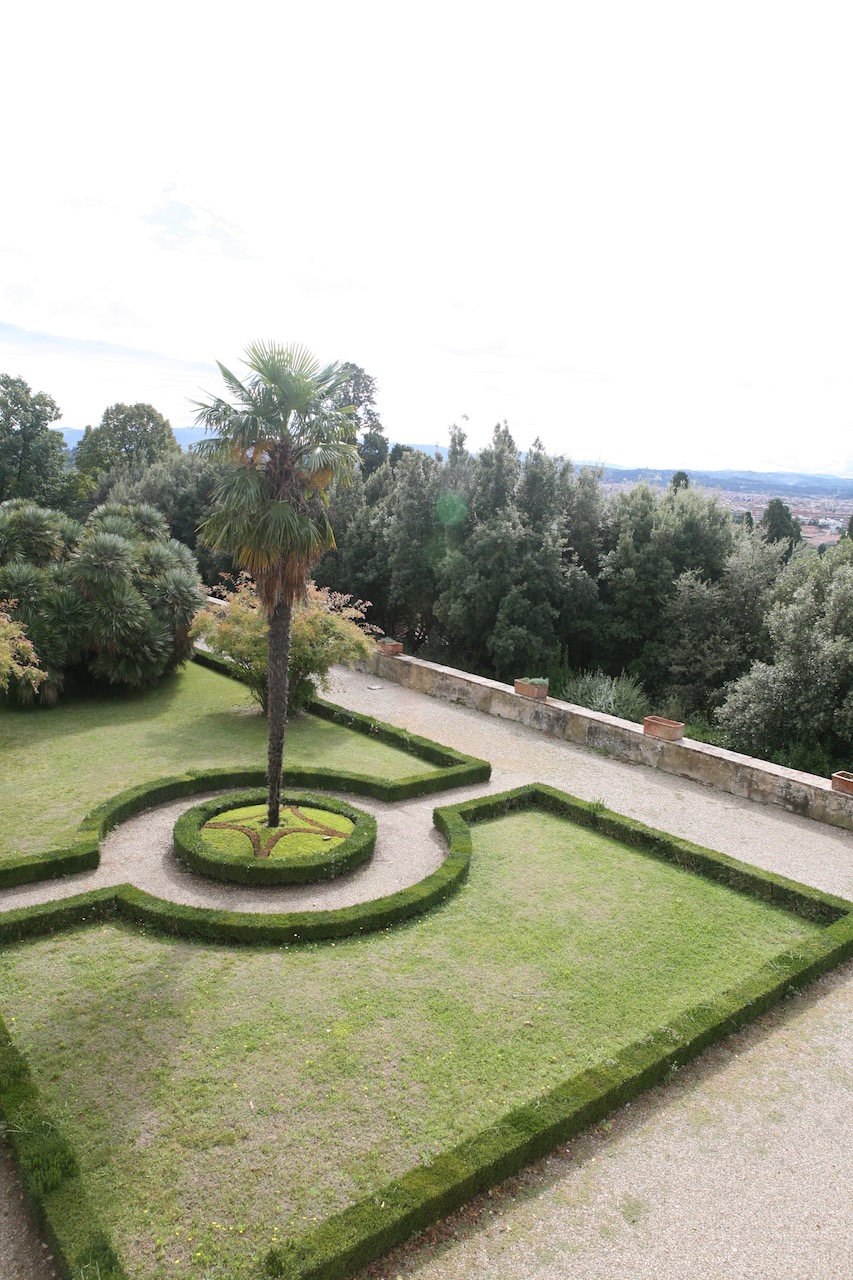About 15 years before Edith Wharton wrote her Pulitzer Prize winning The Age of Innocence, she published an important book that played a big role in reviving the Italian renaissance garden. Italian Villas and Their Gardens (1904) combined her thoroughly researched writing with dreamy watercolors by American illustrator Maxfield Parrish. Together they sparked a renewed interest in Italian style garden making, especially among English speakers.
In one of my favorite passages Wharton writes, “The traveler returning from Italy, with his eyes and imagination full of the ineffable Italian garden-magic, knows vaguely that the enchantment exists; that he has been under its spell, and that it is more potent, more enduring, more intoxicating to every sense...”
My visit to the gardens at Villa La Petraia outside of Florence brought to mind the garden-magic that Wharton describes.
Cosimo Medici I, Grand Duke of Tuscany, bought the villa in the mid-1500’s. He brought in the “go to” landscape architect of the time, Nicolo Tribolo, to design the garden. To address the steeply sloping site Tribolo created a series of terraces in front.
Arriving from below, each terrace is experienced one at a time. The only consistent element is that the villa is visible at all times as an orienting feature. All paths lead to the villa.
The Medici coat of arms shaped out of plant material decorates the upper terrace.
At the base of the property clipped hedges and flowers surround a massive central fountain. Further up, there is a water basin, squares punctuated by individual palm trees, and green houses. At the top, plants are clipped into geometric forms including one in the design of the Medici coat of arms.
From above, the terraces are visible all at once; they lead to a breathtaking view of the valley and mountains beyond.
I love that the Villa and garden form one cohesive composition and that a soothing rhythm comes from the repeating geometric patterns, plant material, and symmetry. But what stood out most for me was the restraint and simplicity of sculpture. The only sculpture is a small fountainhead set into a grotto. A refreshing change from so many other Italian renaissance gardens that are stuffed with amazing statuary.
A tank below the upper terrace feeds the fountain below; it was described by Edith Wharton over 100 years ago.
Reading Wharton's Italian Villas today is to experience these gardens as they appeared 100 years ago. For example, of Villa Petraia Wharton explains, "The Tuscan villas, for the most part, are smaller and less pretentious in style than those erected in other parts of Italy... A fine example of this... may be seen at Petraia [where] the gardens are less elaborate. Noted chiefly for a fountain...the most beautiful of Tribolo's works. Like other Florentine villas of this quarter, where water is more abundant, Petraia has a great oblong viscera, or tank, beneath its upper terrace."
Villa La Petraia is about a 20-minute cab ride from Florence and well worth the trip. Without much time to plan my visit I was just happy to get myself out there. In a pre-UBER world, I would deal with getting back when the time came. I didn’t realize that the Villa is set off the beaten path. When I had finished my visit it was early evening, the garden office was closed and there wasn’t a person in sight. Armed with my poor Italian I had no choice but to start knocking on doors to ask for help. At one point a woman opened a second floor window, looking puzzled, she listened to my version of “where do I find a taxi,” then she yelled at me in Italian pointing several times at a nearby corner and disappeared behind her shut window. That was it.
Bless her heart, she had gone in to call me a cab; five minutes later a car pulled up to take me back to Florence. Another wonderful day in a garden. Click here for more Italian garden stories.
Wishing everyone all the best in the new year.

